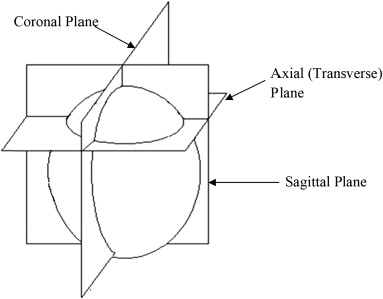Gas Void Formation in Statically Cooled Waxy Crude Oil
Author: Shaharin Anwar Sulaiman - December 2014
Abstract
If a gel is formed when the flow of waxy crude oil within a pipeline is stopped for a period of time, the required restart pressure may be high and the line is costly to operate. The conventional method of predicting the restart pressure for gelled crude oil assumes a constant yield stress across and along the pipe section; this often leads to excessive over sizing of pump and piping system. Many researches highlighted that the presence of gas voids upon cooling of waxy crude may have an impact on the yield stress of gelled crude. This paper describes the use of Magnetic Resonance Imaging (MRI) to investigate the formation behaviour of gas voids within a gelled crude oil sample from a field in the South China Sea. Scanning of gelled crude at selected temperatures was performed following cooling in the circular pipe section within an experimental flow loop rig. Gas voids within the range of 7-12% were observed in the gelled samples resulted from different cooling temperatures and cooling rates. The cooling temperature and cooling rates were observed to influence significantly the location and volume of gas voids formed within the gelled samples. Higher cooling rates resulted in higher volume of gas voids close to pipe wall while lower cooling rates resulted in more gas voids located around core of the pipe.
Methodology
A flow loop that induced oil flow by gravitational force was used to study the effects of thermal shrinkage on voids formation in gelled waxy crude oil under quiescent mode. The experimental setup of the flow loop is shown in Fig. 1. The test section was constructed to simulate offshore operation of production line using chilled water (a mixture of ice and water) as a cooling medium similar to temperatures at seabed. The cooling rate in the test section could be varied depending on individual test conditions. The test section consisted of a detachable circular pipe of 40 mm diameter and 250 mm length. A polyvinyl chloride plastic (PVC) pipe was selected for the test section because the MRI system could only handle non-magnetic materials. A digital thermometer was installed at the test section to monitor the temperature and subsequently the cooling rates. Throughout the study, a waxy crude oil obtained from a production field in the South China Sea with a pour point temperature of 36°C was utilized. The pour point temperature was measured according to the ASTM D5853 method.
Impact & Benefits
Reduced Viscosity: Gas void formation can help reduce the viscosity of waxy crude oil. As the temperature decreases, waxy components in the crude oil start to solidify, leading to an increase in viscosity. The presence of gas voids can disrupt the continuous phase of the oil, reducing its effective viscosity. This can facilitate the flow of crude oil during transportation and processing, which is particularly beneficial in pipelines and during pumping operations.
Enhanced Heat Transfer: Gas void formation can improve heat transfer characteristics within the crude oil. The presence of gas voids creates channels or pathways through which heat can more effectively transfer from the surroundings to the bulk of the crude oil. This can help prevent the formation of thick wax deposits on the walls of storage tanks, pipelines, and equipment, improving operational efficiency and reducing maintenance costs.
Risk of Blockages: While gas void formation can aid in reducing viscosity and enhancing heat transfer, excessive gas voids can also pose a risk of blockages in pipelines and equipment. If the gas voids coalesce and form large bubbles, they may accumulate at high points in the system, leading to flow restrictions or complete blockages. This can disrupt operations and necessitate costly interventions such as mechanical pigging or chemical treatments to remove the blockages.
Pressure Management: Gas void formation affects the pressure behavior of the crude oil system. The presence of gas voids can alter the pressure profile within pipelines and storage tanks, influencing operational considerations such as pump selection, pressure control strategies, and the design of safety systems. Proper management of gas void formation is essential to maintain safe operating conditions and prevent pressure-related incidents.
Market Potential
Industry Challenges: The oil and gas industry faces significant challenges related to the transportation and processing of waxy crude oil, especially in regions with colder climates where wax deposition can be a major issue. Gas void formation is one aspect of this challenge, affecting viscosity, flow assurance, and equipment integrity.
Existing Solutions: Currently, the industry employs various methods to manage wax deposition and its associated challenges, including chemical treatments, insulation, heating systems, and mechanical pigging. However, these methods may not fully address the issues related to gas void formation, leaving room for innovative solutions.
Innovative Technologies: There is potential for innovative technologies specifically designed to manage gas void formation in statically cooled waxy crude oil. These could include additives that modify the wax crystal structure, equipment designs that promote gas void formation in a controlled manner, or advanced monitoring and control systems to optimize operations.
Cost Savings and Efficiency: Solutions that effectively address gas void formation could offer significant cost savings to oil and gas companies by reducing downtime, maintenance expenses, and energy consumption. Improving flow assurance and operational efficiency can also enhance overall production rates and revenue generation.



